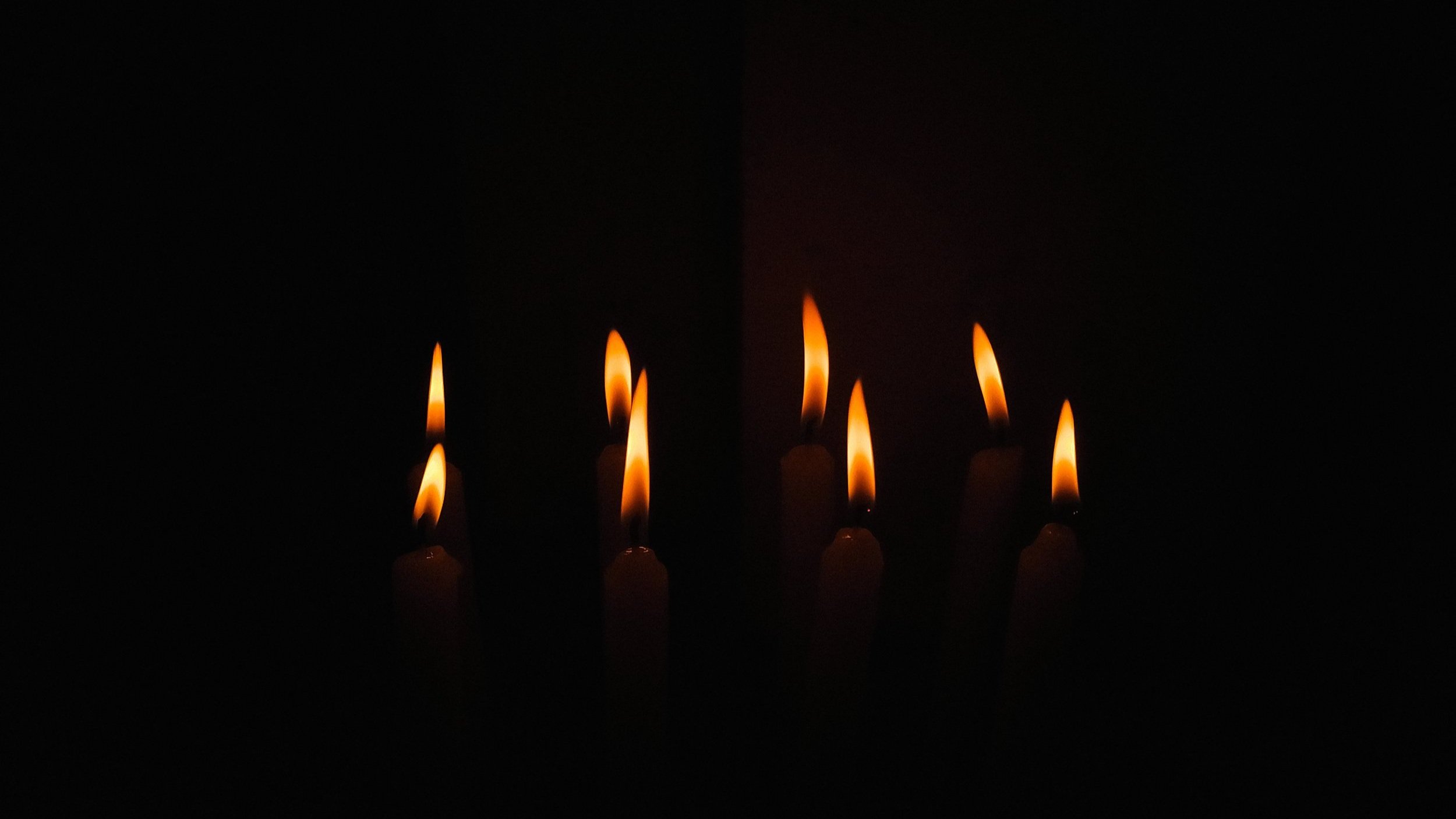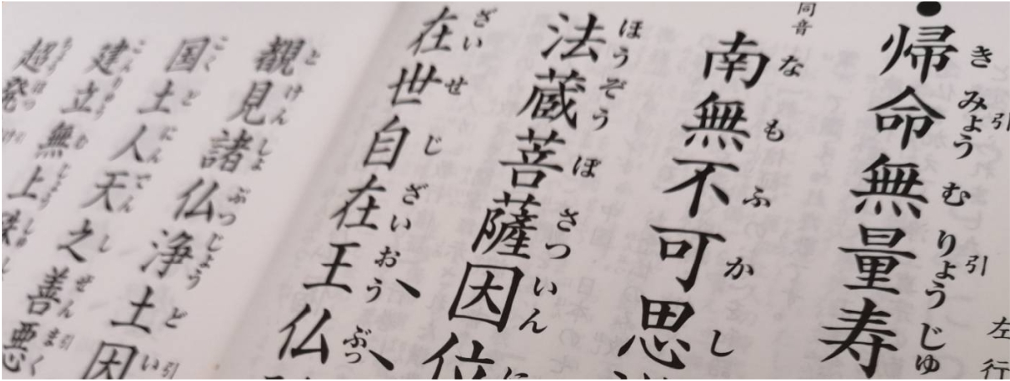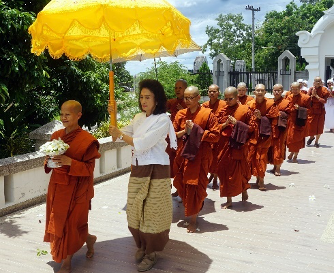
Shinran as an Innovative Pure Land Master (Part 3)
Shinran’s teachings are not just an important part of Buddhist history; they carry profound relevance for contemporary society. In a world that continues to grapple with issues of inequality, exclusion, and division, Shinran’s message of universal accessibility to awakening offers a beacon of hope and transformation.

Shinran as an Innovative Pure Land Master (Part 2)
Shinran recognized the importance of Eshinni not only as his wife but also as a fellow practitioner who was capable of achieving spiritual awakening. His decision to marry, and his public acknowledgment of Eshinni’s spiritual contributions, challenged traditional notions of gender roles in religion and established a progressive model for women’s involvement in the spiritual community.

Shinran as an Innovative Pure Land Master (Part 1)
Prior to Shinran, Pure Land practices were often reserved for monks and other elite religious practitioners, and the recitation of the nembutsu was considered a spiritual tool primarily for those with high levels of discipline and moral conduct. However, Shinran’s innovation was in his emphasis that spiritual awakening was accessible to all.

Year of Transformation!
This new year, 2025, is the year of the snake. Snakes often symbolize transformation, rebirth, and healing as they shed its skin. In many cultures, they represent the shedding of old ways and the beginning of something new, just as a snake sheds its skin.

Navayāna (New Vehicle)
Yūshi Ono suddenly resigned the CEO position and received the ordination by Shūrei Sasai in India, and became the monk Ryūkō. He says, “I was tired of constantly chasing revenue and profit in business by convincing customers. Money is just a number, but has the dangerous magical power to drive people greedy and crazy."

Neo-Buddhist Movement
Yūshi Ono, who was a graduate of Tokyo University and became an IT venture capitalist after working for IBM Japan, has recently become a Buddhist monk by renouncing his total asset of nearly 10 billion yen (over $65 million). His monastic name is Ryūkō 龍光 (meaning “light of dragon”). His story sounds quite similar to Siddhartha’s.

Shinran’s Thought – Why Not U-Turn?
Obon is regarded as the time when we remember our loved ones who departed before us and we living in samsara transfer the accumulated merits to our loved ones, wishing them to be born in the better Buddha’s realm. But how about Jodo Shinshu – Shin Buddhism?

Buddhist “Living” from China to Japan
We have traveled so far from India to China. The destination of our Mahayana and Pure Land Buddhist ship is Japan.

Searching For My Mind
When it comes to the mind, is there really a mind that I can say is “my mind?” Mind has no color or form. Mind is instantaneous, passing from moments to moments like the flame of a candle or the flowing water of rivers. Can we really assert that they are our minds and bodies? Can we capture the flux of mind as if it were static?

Buddhist “Living” from India to China
Any path you take as a profession, you need your mentors who can guide you to the right direction. Living in the Buddha-Dharma is the same thing.

Learn from the Sakura
Blooming Sakura shows us that all sentient beings live in the moment. We should try to take it all in. We should try to pay attention to everything that we experience.

Rennyo, the Shin Buddhist Superhero!
There are many Superheroes – Captain America, Wonder Woman, Spider-Man, Superman, you name it. Rennyo (1415–1499), the 8th generation abbot from our founder, Shinran, is a Shin Buddhist superhero. We can only wonder what would Rennyo think if he were alive today?

Women in Buddhism
Wow, what a fantastic transformation this daughter of the Naga King performed! The Lotus Sutra emphasizes the potential of all beings to become buddhas. Anyone who hears the Dharma, none will fail to achieve Buddhahood. Anyone includes monks, nuns, laypeople, numerous non-human beings, even the villain Devadatta who planned to plunder the Śākyamuni’s sangha and abetted Ajātaśatru in a crime.

Buddhist Modernism – What is That?
The popular image in the West of Buddhism is of a religion or philosophy of life that emphasizes meditation, relaxation, exploration of the mind and compassion. According to this image, there are no strict rules, it is undogmatic, non-ritualistic, and just encourages creativity and freedom of thoughts which may seem compatible with a modern scientific world view. It is getting more towards spirituality rather than a religion.
